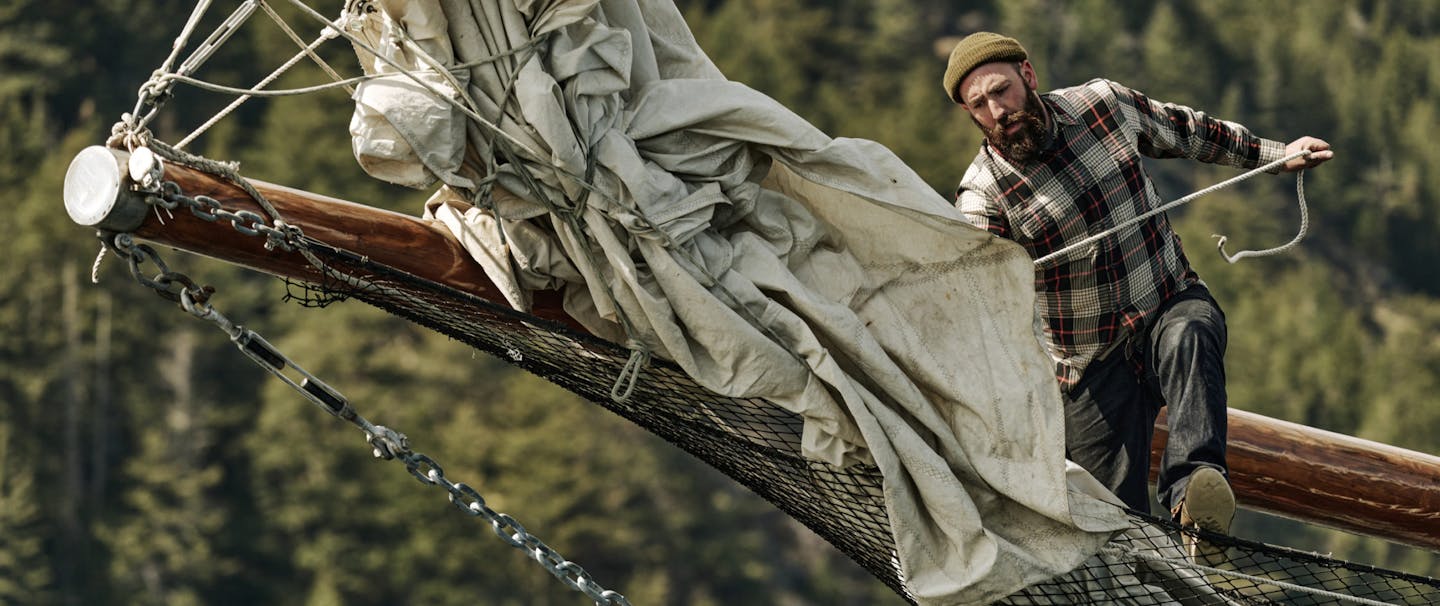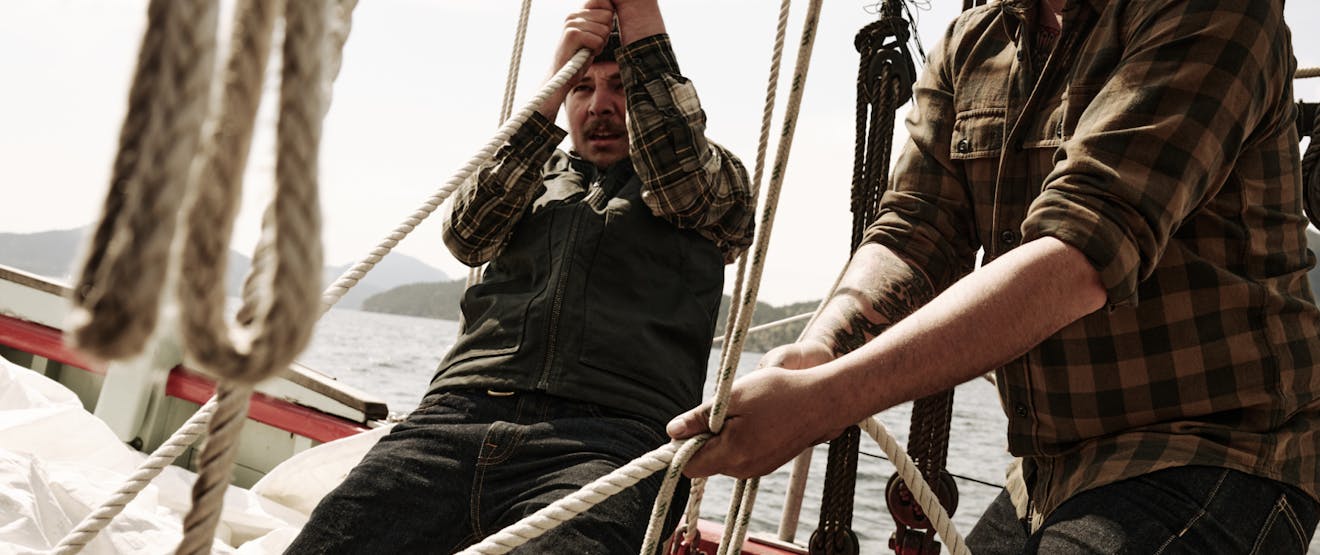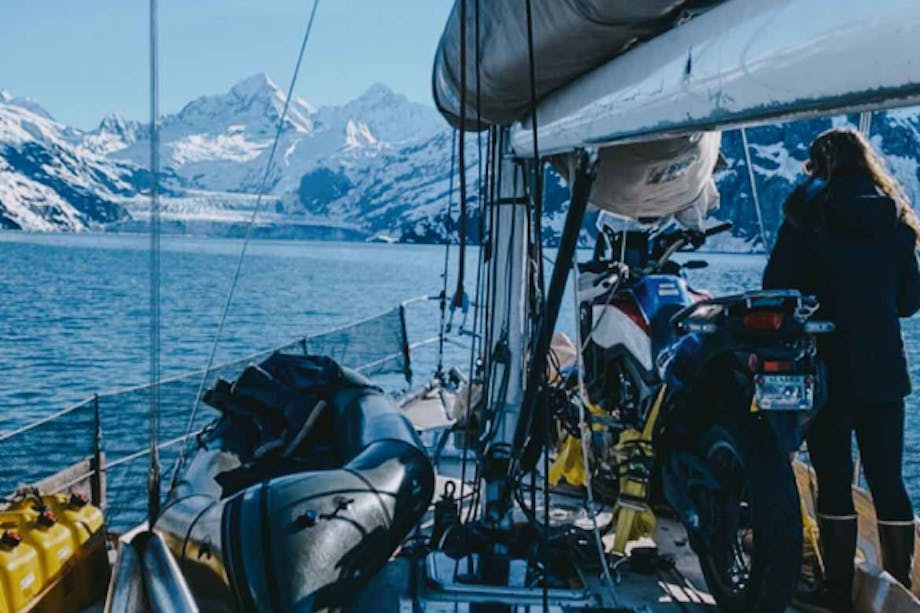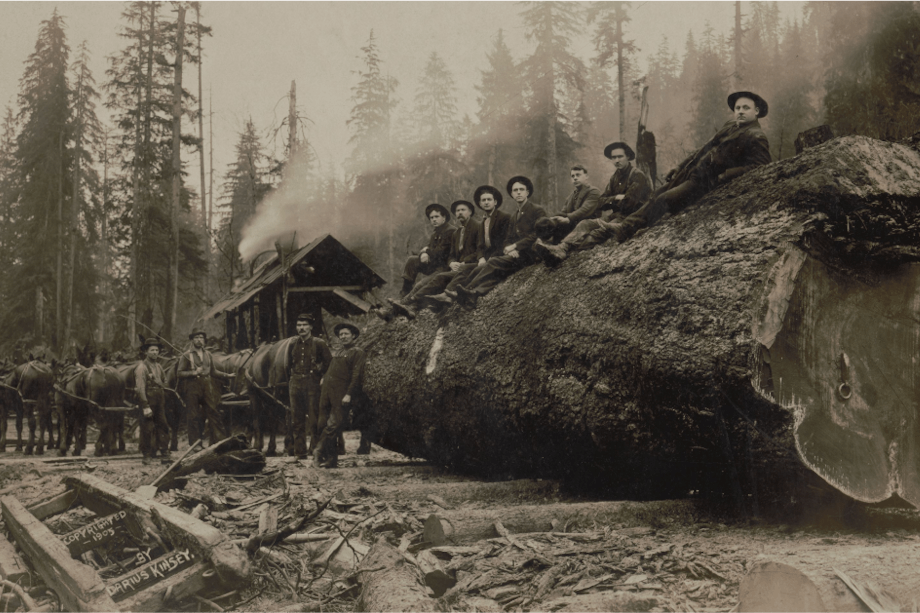“I had never seen charts on which land and sea were so intricately tangled, in a looping scribble of blue and beige.” Jonathan Raban, Passage to Juneau: A Sea and Its Meanings
The Inside Passage, the sinuous sea route that stretches from the Puget Sound to the Alaskan Panhandle, is a land of contrasts. Over a thousand islands and innumerable channels make it an almost impenetrable watery maze used for millennia by native tribes. Walls of green forests blanket rocky shores, snowcapped mountains rise all around, and crystal blue waters teem with life. Traveling it, you can often feel like an intruder into Mother Nature’s temple, where wild splendor threatens to overwhelm the senses.
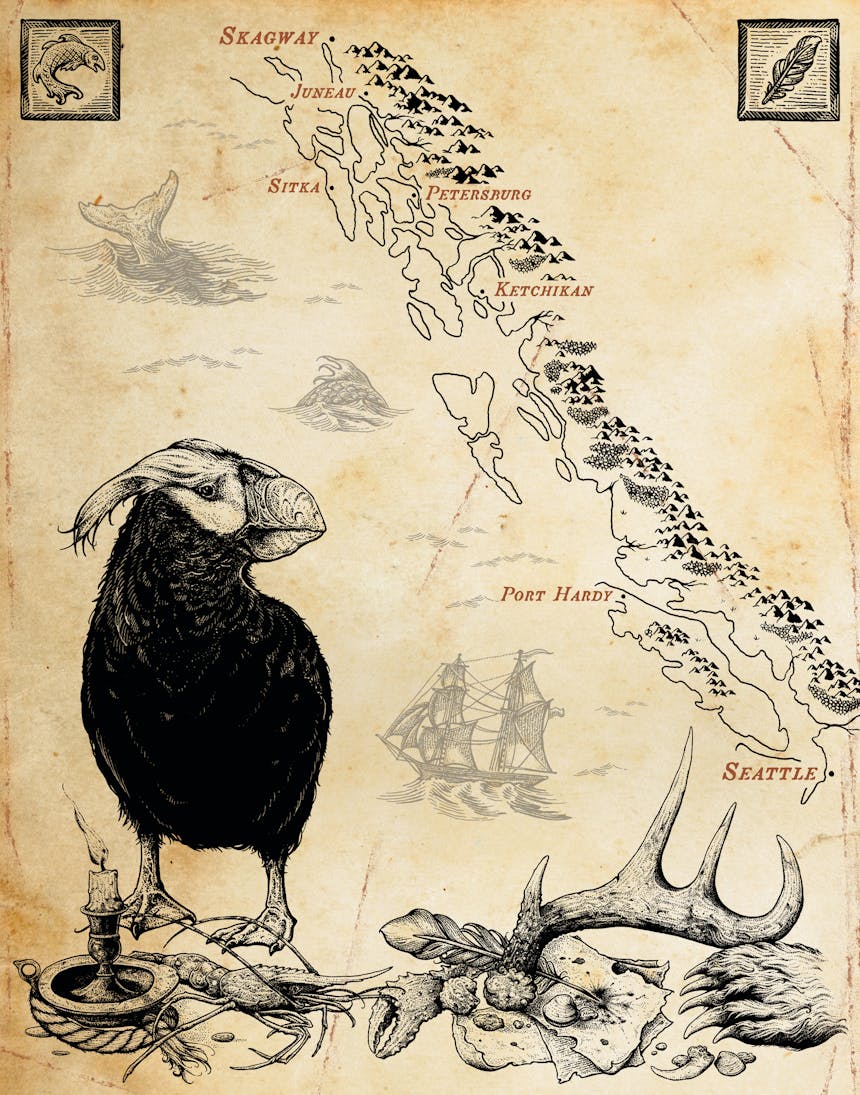
Yet this soul-crushing beauty hides often treacherous waters. Ones that have seen thousands of shipwrecks since the 18th century, when European explorers first arrived. Captain George Vancouver in 1791 called the Seymour Narrows section “one of the vilest sections of water in the world.” Throughout the Inside Passage, jagged rocks lurk beneath the surface, becoming more dangerous as the tides change. Tight chasms pinch maneuverability, and the ever-moving waters are rife with complex currents, whirlpools, and standing rapids that can suddenly arise. All that plays out among periods of dense fog, thick rain, and crossings exposed to the ocean swells.

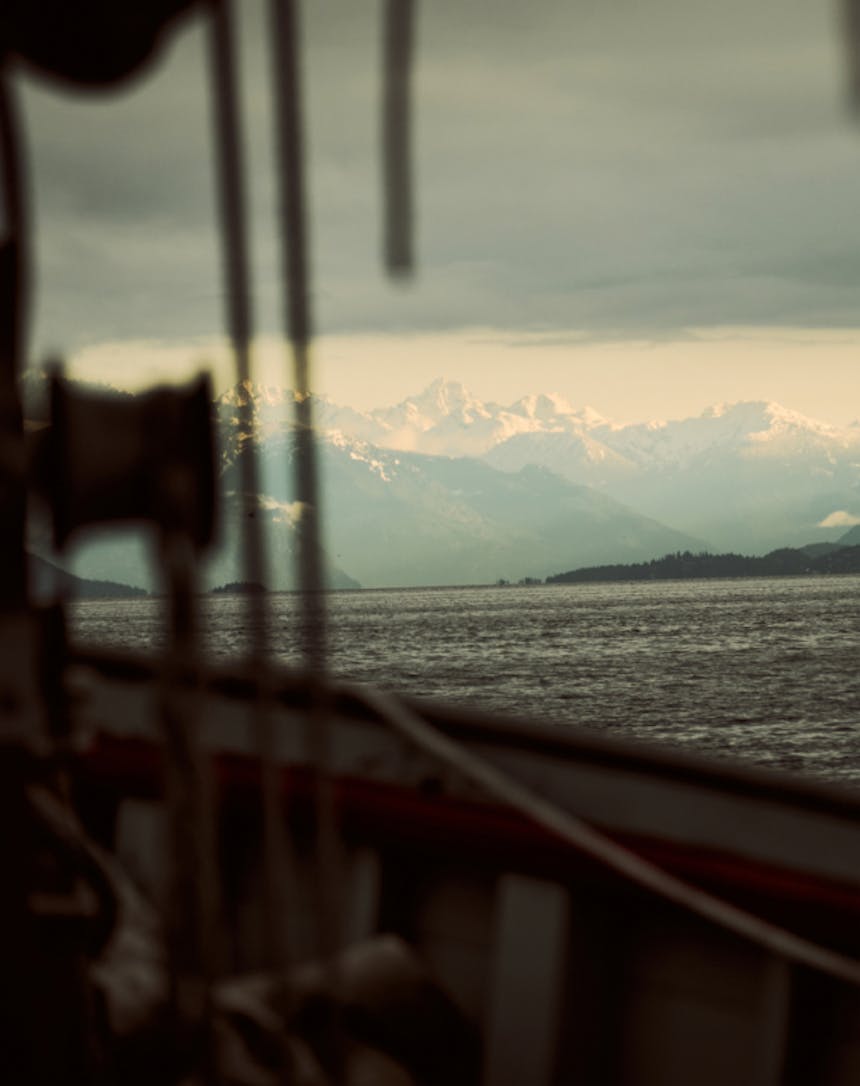
These days, it is a crucial marine freeway that sees cruise ships, barges, fishing boats, ferries, and a whole host of other craft flow over its buoyed and marked passage. It also plays a crucial part in the history of Filson, since the company was founded 125 years ago to equip the hordes of prospectors headed north on steamships through the Inside Passage to the town of Skagway and the Klondike Gold Fields beyond.
Stretching over a thousand miles in length, the Inside Passage was shaped by the ancient glaciers that blanketed the upper reaches of North America in a time past. As the glaciers retreated, they left behind a profusion of large and small islands, forming a buffer from the often tempestuous Pacific Ocean. Numerous native tribes, including the Tlingit, Haida, Eyak, and Tsimshian, settled along its shores, establishing thriving maritime cultures rather than dealing with the impassable forests to their backs. Traveling in cedar dugout canoes, they thrived in the lush temperate rainforest ecosystems that still dominate the area.
The Russians were the first Europeans to arrive, exploring the upper reaches of the Passage in search of sea otter pelts. After many setbacks, including several defeats at the hand of the Tlingit, they finally settled the city of Sitka on the Alexander Archipelago. Pushing farther inwards towards the mainland, they founded the town of Wrangell in 1834; it soon became an essential waypoint for explorers inside the Passage. The discoveries of the Russians whetted the appetites of others.
Soon the Spanish, British, and French were exploring different parts of the almost 15,000 miles of seashore spread along the Inside Passage. They all documented the overwhelming array of natural resources along the twisted waterways that radiated from the mainland of North America. The humpback whales, orcas, sea lions, dolphins, sea otters, bears, wolves, deer, puffins, and waves of migrating seabirds that they observed are still there.
Not long after Captain Vancouver and Captain James Cook conducted extensive surveys of the coast at the end of the 18th century, colonization and settlement began, although it was slow due to the rough and rugged nature of the region. As more people started arriving, the native tribes that had occupied the islands for centuries suffered. Infectious diseases ravaged their numbers, though most tribes’ populations have recovered, and they remain very active in managing their lands today.
While the logging, mining, and fishing industries took hold in Alaska, the Yukon, and British Columbia, the economic importance of the Inside Passage began to rise. The cities of Seattle and Vancouver became important ports that steadily grew, each stoked by the economic engine of the Inside Passage.
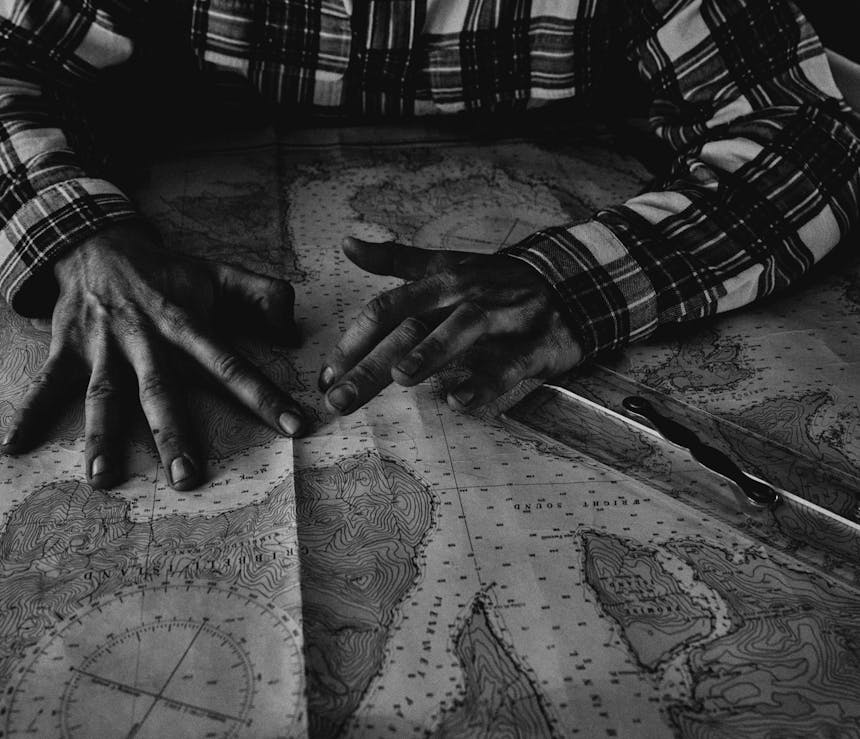
It wasn’t until the 20th century that passenger traffic along the Inside Passage took off. The Alaskan Gold Rush, along with Jack London’s book The Call of the Wild and John Muir’s writings about southern Alaska, seized public attention. Adventure seekers, itinerants, vagabonds, and a host of others looking to improve upon their lot showed up in the Pacific Northwest. All were looking to better their lives, and many traveled north on the ancient waterway in ships.
The relative “taming” of the once formidable waterway had begun. Detailed charts were created that laid out the correct pathways, what obstacles to avoid, and where good anchorages were found, especially in the Canadian section where few towns existed. In the Alaskan part of the passage, cities like Juneau, Skagway, Haines, Ketchikan, and Petersburg began to grow as their fishing fleets expanded and logging operations took root.
In 1948, the Alaskan Marine Highway System began operating, and in 1960, BC Ferries launched. Both replaced the ramshackle transportation networks that had plied the waters for decades. Today, their modern boats daily transport the small population of people who live inside the network of islands stretching up the coast from port to port alongside modern-day Huck Finns with stars in their eyes.
Nowadays, you can watch the boats of the Alaskan fishing fleets slowly motor north after riding out the winter in the south from the deck of a cruise ship or the seat of a kayak, as more people than ever ply the Inside Passage. Eco-lodges dot silent shorelines, and sailboats slip by in the breeze.
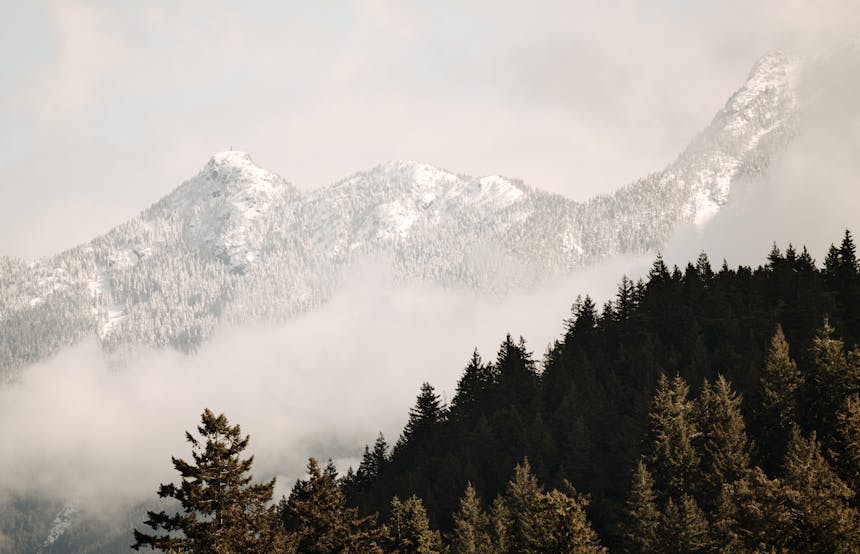
Home to the world’s largest intact temperate rainforest, Tongass National Forest still retains an air of mystery. At the same time, the massive ice flows in Glacier Bay National Park and Preserve highlight the powers that formed the passage, while Gwaii Haanas National Park in Canada is a living testament to the native cultures that still thrive here.
While much of the world changes rapidly, the lands and waters of the Inside Passage still seem to retain their mysteries from long ago.

